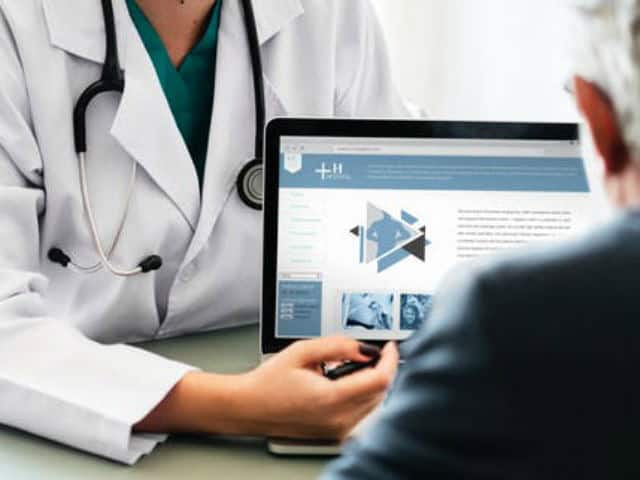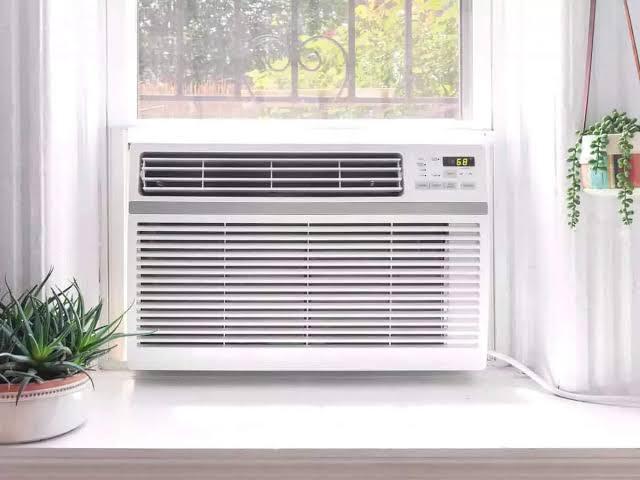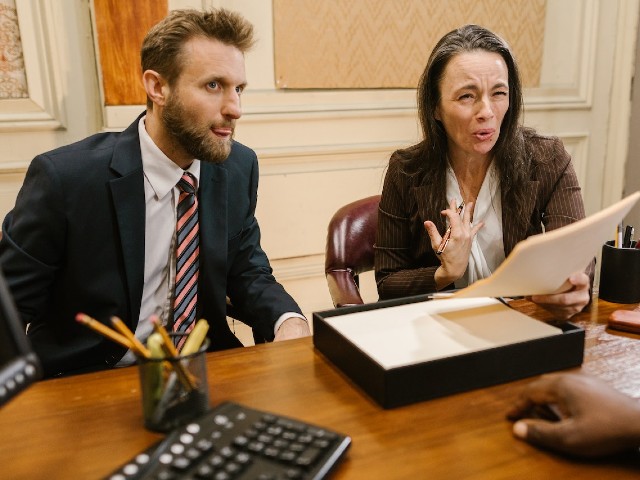Towing a vehicle can be a straightforward task, but when things go awry, it can quickly become a frustrating experience. Whether you’re a seasoned tower or a novice, knowing how to troubleshoot common towing issues can save you time, money, and a lot of stress. Here’s a comprehensive guide to help you diagnose and address frequent towing problems.
1. Check the Basics
Before diving into more complex troubleshooting, always start with the basics. Ensure that all equipment is correctly hooked up and that connections are secure. This includes:
- Towing Hitch: Verify that the hitch is properly attached to both the towing vehicle and the trailer. Check for any signs of wear or damage.
- Safety Chains: Ensure the safety chains are crossed under the trailer’s tongue and are not dragging on the ground.
- Trailer Lights: Confirm that the trailer lights are functioning correctly. This is essential for safety and legality.
2. Addressing Electrical Issues
Electrical problems are common in towing setups and can lead to various issues, including malfunctioning lights and brake systems. Here’s how to tackle them:
- Faulty Trailer Lights: If your trailer lights aren’t working, start by checking the connections. Inspect the wiring harness for damage or loose connections. If necessary, use a test light or multimeter to check for power at the connectors.
- Blown Fuses: Check the fuses in both the towing vehicle and the trailer. Replace any blown fuses with the correct amperage.
- Corroded Connectors: Corrosion can cause poor electrical connections. Clean the connectors with a wire brush and apply dielectric grease to prevent future corrosion.
3. Handling Brake Problems
Brakes are crucial for safe towing. Problems with trailer brakes can lead to unsafe driving conditions. To troubleshoot brake issues:
- Inspect the Brake Controller: Ensure the brake controller in the towing vehicle is properly calibrated and functioning. Check for any error codes or warning lights on the controller.
- Check Brake Fluid: Low brake fluid levels can affect braking performance. Top off the brake fluid if necessary.
- Examine Brake Pads and Rotors: Worn or damaged brake pads and rotors on the trailer can cause braking issues. Inspect them regularly and replace as needed.
4. Dealing with Swaying and Instability
Trailer sway can be dangerous and is often caused by improper loading or an unbalanced trailer. To address sway issues:
- Check Load Distribution: Ensure that the trailer is loaded evenly, with 60% of the load in front of the axle and 40% behind. Avoid overloading the trailer.
- Inspect the Hitch Setup: Verify that the hitch is properly adjusted. A weight-distributing hitch can help reduce sway.
- Add Sway Control: If sway persists, consider adding a sway control device to your setup. These devices help stabilize the trailer and reduce swaying.
5. Resolving Tire Issues
Tire problems are another common issue when towing. To keep your tires in good shape:
- Check Tire Pressure: Ensure that both the towing vehicle and trailer tires are properly inflated. Under-inflated tires can cause handling issues and increased wear.
- Inspect Tire Condition: Regularly check for signs of damage, such as cracks, bulges, or uneven wear. Replace any tires that are worn out or damaged.
- Check Wheel Alignment: Misaligned wheels can cause uneven tire wear and handling problems. Have your wheels aligned if you notice steering issues or uneven tire wear.

6. Troubleshooting Engine and Transmission Issues
Towing places additional strain on the engine and transmission. Address these issues promptly:
- Monitor Engine Temperature: Overheating can be a problem when towing, especially on hot days or steep inclines. Keep an eye on the engine temperature gauge and pull over if it gets too high.
- Check Transmission Fluid: Ensure that the transmission fluid is at the proper level and in good condition. Low or dirty fluid can lead to transmission problems.
- Listen for Unusual Noises: Pay attention to any unusual noises from the engine or transmission. Grinding, whining, or clunking sounds can indicate serious issues that need professional attention. If you found this article useful, you may also visit banja luka slep sluzba to read more about troubleshooting common towing issues.
7. Resolving Suspension and Alignment Problems
A properly functioning suspension is vital for a smooth towing experience. To troubleshoot suspension issues:
- Inspect Suspension Components: Check for worn-out or damaged suspension parts, such as shocks, struts, and springs. Replace any components that show signs of wear.
- Check Trailer Alignment: Misalignment can cause uneven tire wear and handling problems. Have your trailer aligned if you notice pulling or drifting.
- Examine Load Distribution: Improper load distribution can affect the suspension. Ensure that the load is evenly distributed and properly secured.
8. Addressing Common Towing Myths
Understanding and debunking common towing myths can help you troubleshoot issues more effectively:
- Myth: All Hitches Are the Same: Not all hitches are created equal. Ensure you are using the correct hitch for your specific towing needs and vehicle.
- Myth: Bigger Is Always Better: Bigger vehicles and trailers are not always better. Ensure your towing setup matches your vehicle’s towing capacity and load requirements.
Conclusion
Troubleshooting towing issues requires a combination of basic checks, detailed inspections, and sometimes professional help. By staying vigilant and addressing common problems promptly, you can ensure a safer and more enjoyable towing experience. Remember, regular maintenance and proper setup are key to preventing many towing issues before they arise. Safe travels and happy towing!





